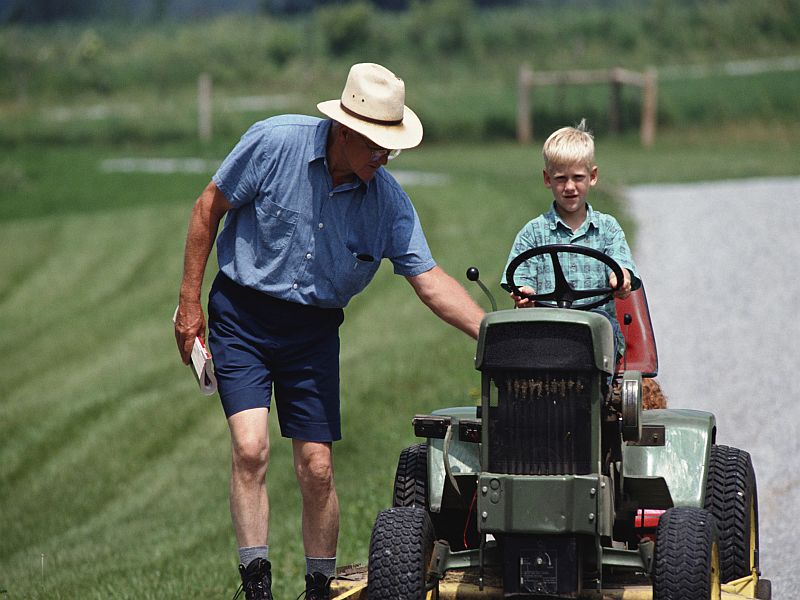We’ve known for a while that ageism—negative beliefs and stereotypes about aging—makes us vulnerable to disease and decline, and also that the opposite is true. People with fact- rather than fear-based attitudes towards aging walk faster, heal quicker, live longer and are less likely to get Alzheimer’s—even if they’re genetically predisposed to the disease.
Until recently though, we didn’t know much about whether strategies to reduce ageism actually worked. That changed on June 21, when a report published in the American Journal of Public Health showed for the first time that “it is possible to reduce ageist attitudes, prejudices and stereotypes.” Boom!
The results are far more definitive than a single study. Scientists at Cornell University conducted a “systematic review and meta-analysis” of 63 studies conducted over the past 40 years with a total of 6,124 participants. After evaluating three types of interventions designed to curb ageism, they found that the most successful programs encourage intergenerational contact and educate people about the facts of aging.
“The most surprising thing was how well some of these programs seemed to work,” observed coauthor Karl Pillemer, professor of human development at Cornell and gerontology in medicine at Weill Cornell Medicine. “The findings really suggest that these interventions had a very strong effect on outcomes, attitudes and knowledge” about aging, concurred study coauthor David Burnes, an assistant professor of social work at the University of Toronto.
Not only that, experts agree that these kinds of interventions shouldn’t cost much money and are easy to implement. Possibilities include after-school mentoring or tutoring programs for children that bring in older adults to help; college classes on aging and age bias; and activities that involve all ages, like a community garden or putting on a play or organizing around a shared cause.



